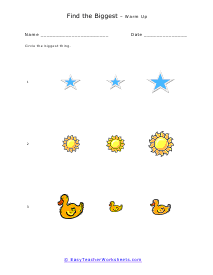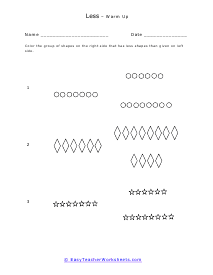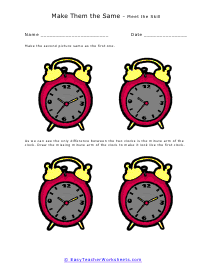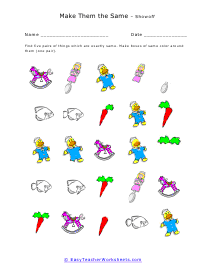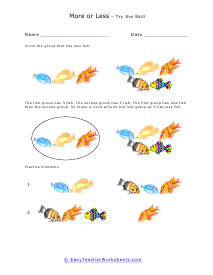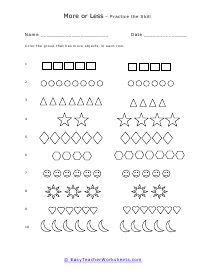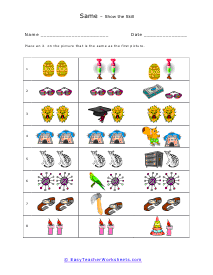Teaching a student about measuring objects is a difficult ask, especially for younger ones. Because they not only have to learn which object is bigger or smaller than the other but also the difference in measurements. Therefore, instead of trying objects as examples, try something that is not only fun but can strengthen their concepts as well. So, you can use your hands and feet with yourself and the person next to you. You can use centimeters to measure your hands and feet. Now, the first step is to draw your hands on a piece of paper, then simply use a scale to measure them. And that is it!
Students will compare groups of objects and be asked to determine an outcome based on a relative trait given to you. Smaller means that it the lesser of the objects that are thrown at you. Largest size means that it takes up the most space. The best way to approach these lessons and worksheets is to find the value that uses up a great deal or very little amount of paper. Your pre-k students will use these activity sheets to compare sizes, amounts, similarities, differences, match numbers, and more. Students will answer questions using groups of simple graphics.













